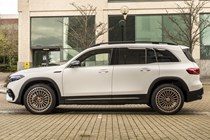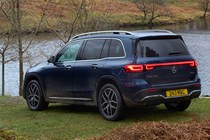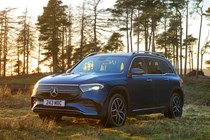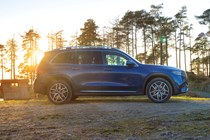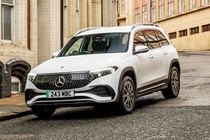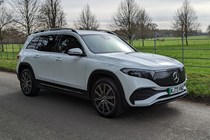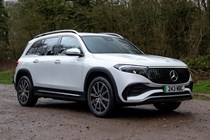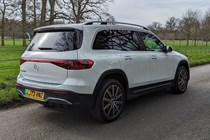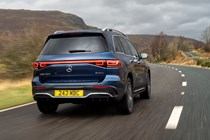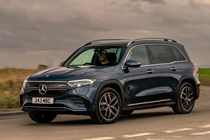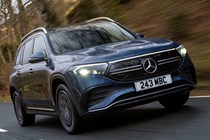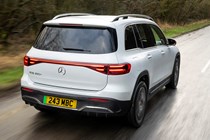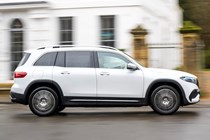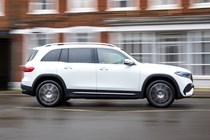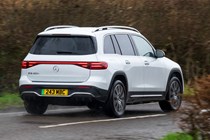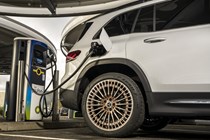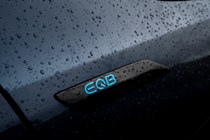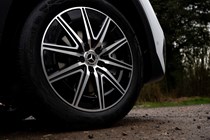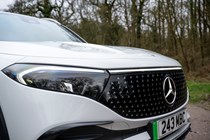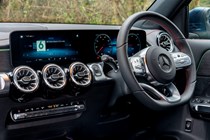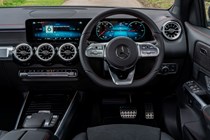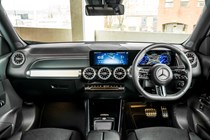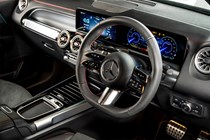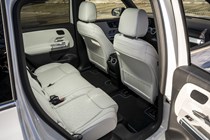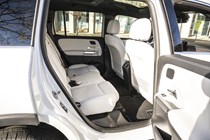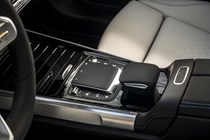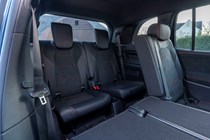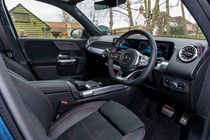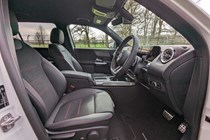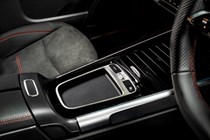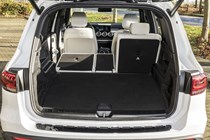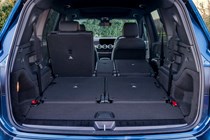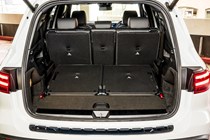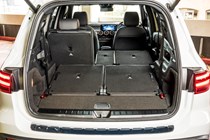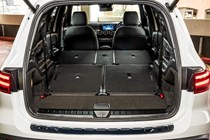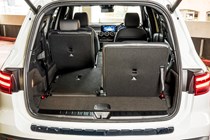
Mercedes-Benz EQB running costs and reliability
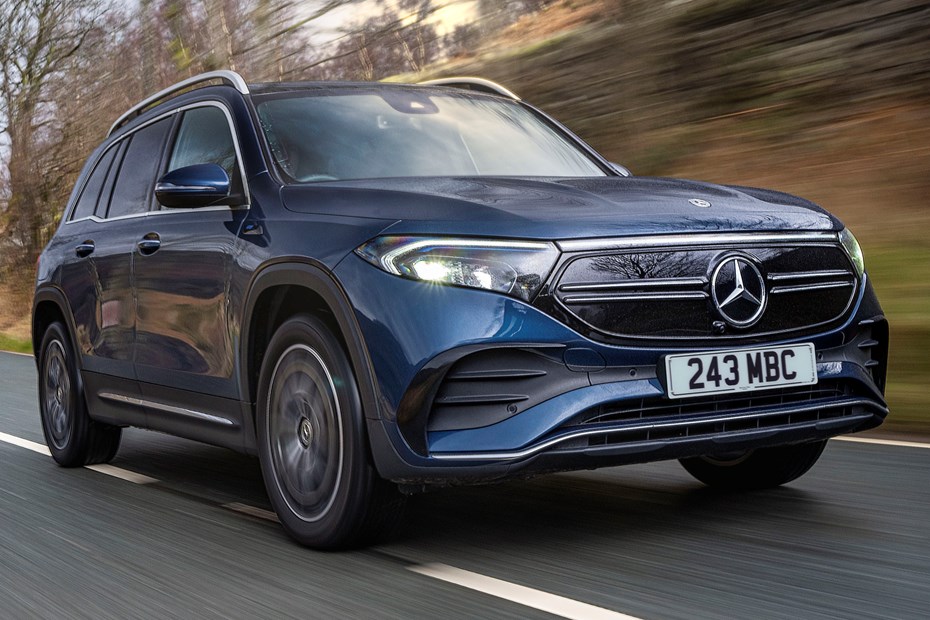
Miles per pound (mpp) ⓘ
| Electric motors, home charging | 9.4 - 11.5 mpp |
|---|---|
| Electric motors, public charging | 5.1 - 6.2 mpp |
Fuel economy ⓘ
| Electric motors | 3.2 - 3.9 miles/kWh |
|---|
- Running cost should be cheaper than petrol
- Up to 321-mile range from 250 model
- 70.5kWh battery pack
How much is it going to cost to run?
As with all electric cars, how much the EQB costs to run depends on whether you can charge from home or not. If you can, and you have a car-specific electricity rate geared towards charging at night, you can make significant savings with an electric car over a petrol or diesel powered one.
If you exclusively use rapid chargers, it will most likely be the same price, or possibly more expensive, than an equivalent petrol or diesel powered Mercedes GLB.
The entry-level 250 single-motor front-wheel drive model is the one to go to if you’re looking to keep running costs down. It’s the most efficient and as a consequence has the longest range of all EQBs on offer.
Range and charging
There’s only one battery size (a relatively large 70.5kWh) but three power outputs. Range remains the same in the more powerful 300 and 350 (officially), and is better in the 250, but this does change depending on which trim level you select.
Our testing of the 300 and 350 reveal the real-world figure to be more like 200 miles across the range. This increases to about 270 miles in the more efficient 250. These figures are on par with rivals such as the smaller-battery Volkswagen ID.4, but behind the likes of the Kia EV6, Hyundai Ioniq 5 and Tesla Model Y.
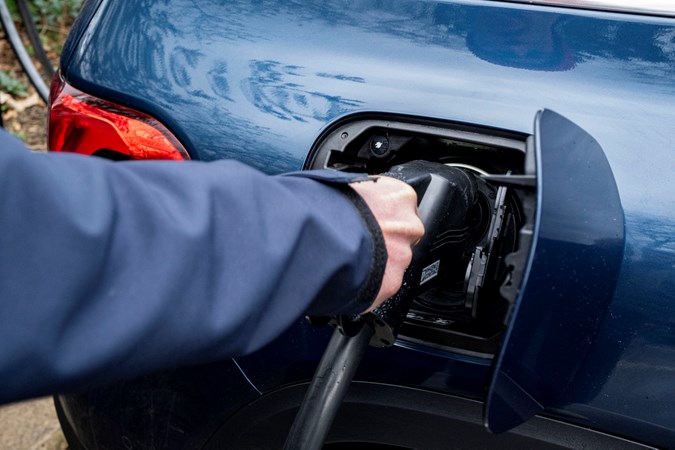
The EQB will top up overnight from a home wallbox, and it’s capable of charging at the faster 11kW rate available to those with a three-phase power supply.
Public charging isn’t as fast as some rivals, and the EQB can’t make use of super-fast chargers – but stick it on a 100kW unit and it’ll go from 10 to 80% in 32 minutes, which isn’t too bad.
Servicing and warranty
The EQB comes with Mercedes-Benz’s standard fit three-year/unlimited mileage warranty, and a separate eight-year/100,000 mile one for the battery.
Reliability
- Still too early to tell
- Shares parts with other Mercedes cars
- No recalls yet
Despite being on sale for a couple of years now, it’s still a bit too early to make a call on the car’s reliability, as there hasn’t been much owner feedback. But it shares many parts with the A-Class and GLB, so Mercedes-Benz has had a long time to iron out potential faults.
Saying that, it has already had one recall, relating to a possible brake caliper fault.
Ongoing running costs
| Road tax | £620 |
|---|---|
| Insurance group | 43 - 50 |
Get an insurance quote with

|
|



